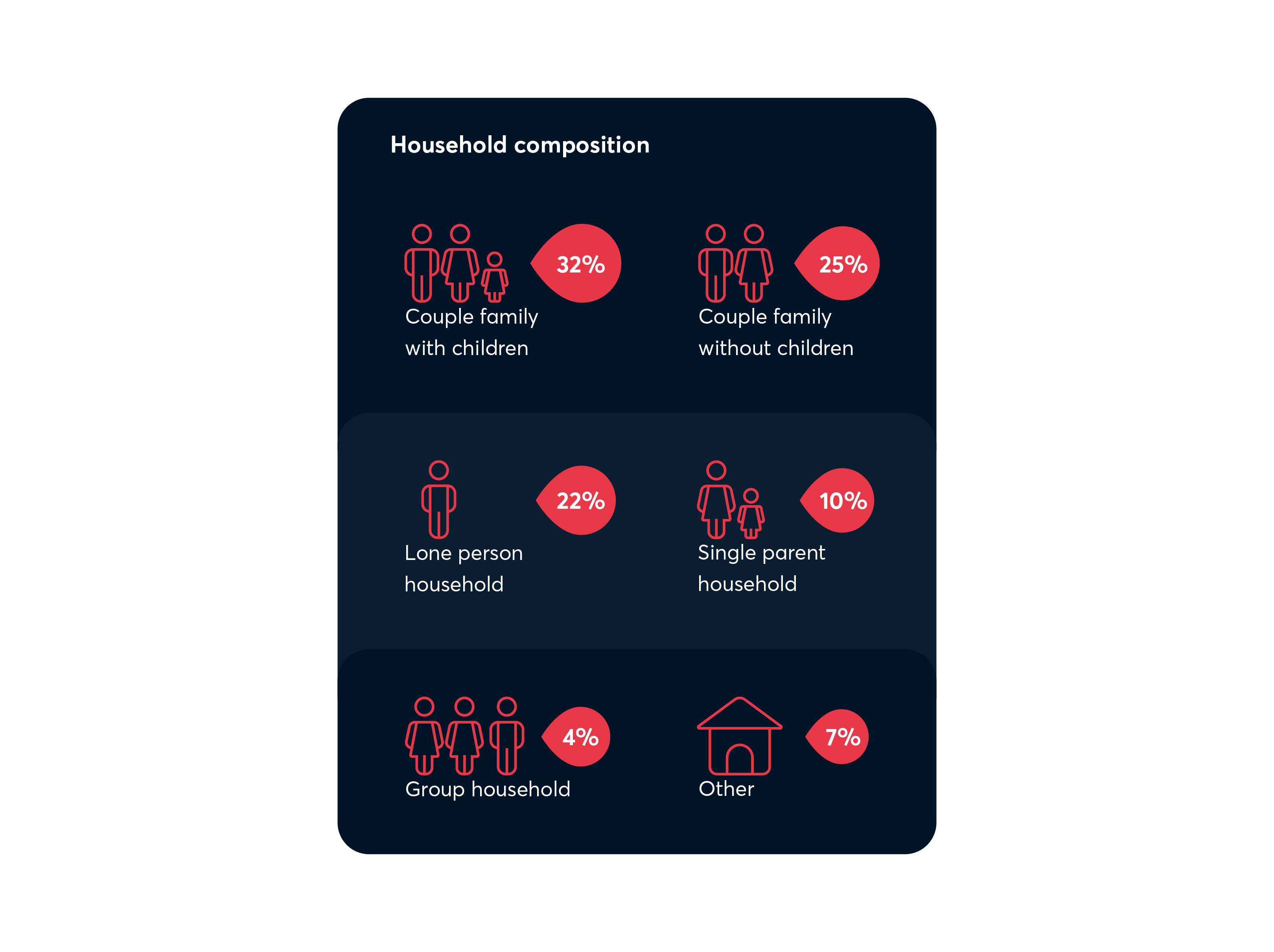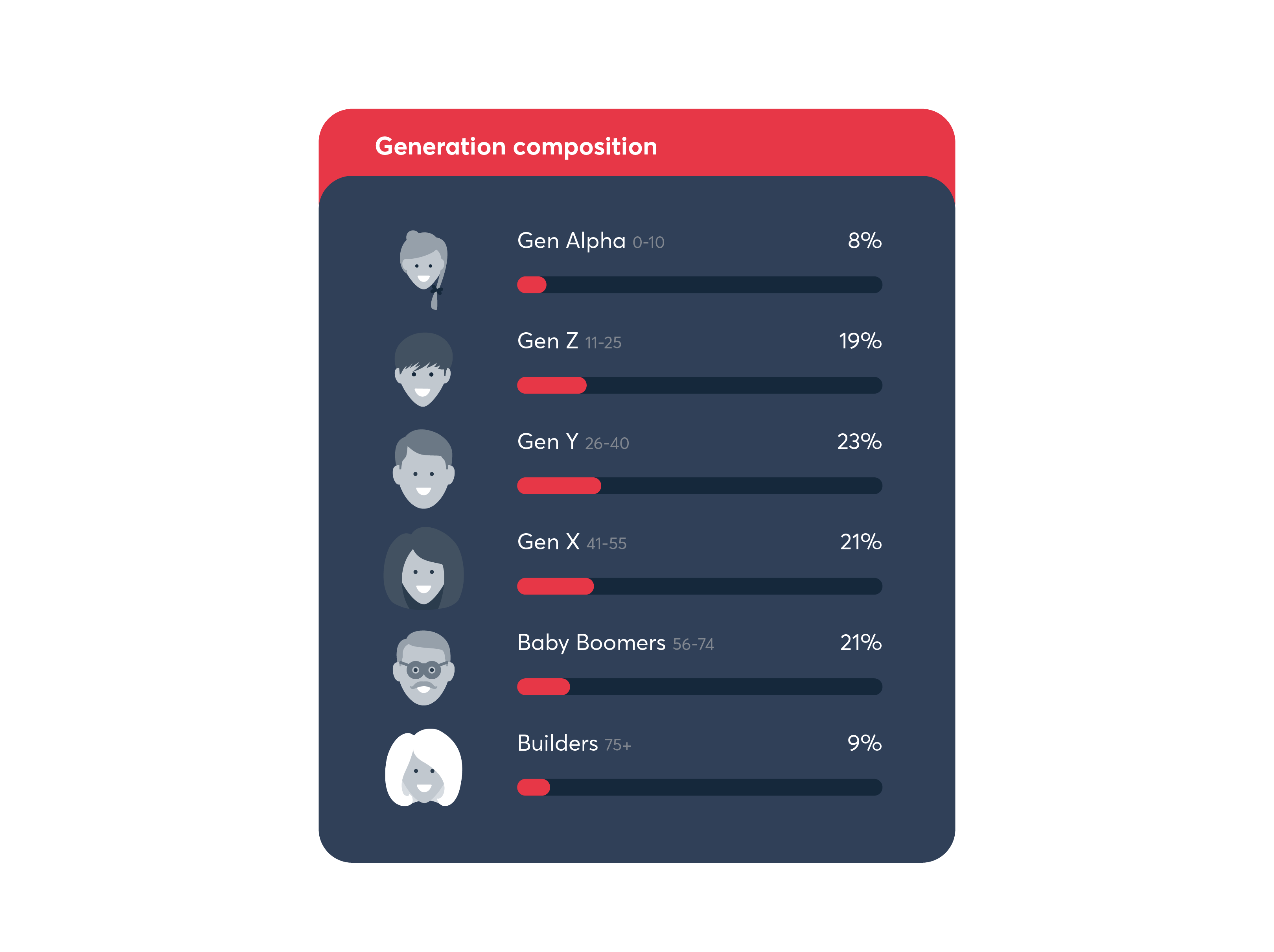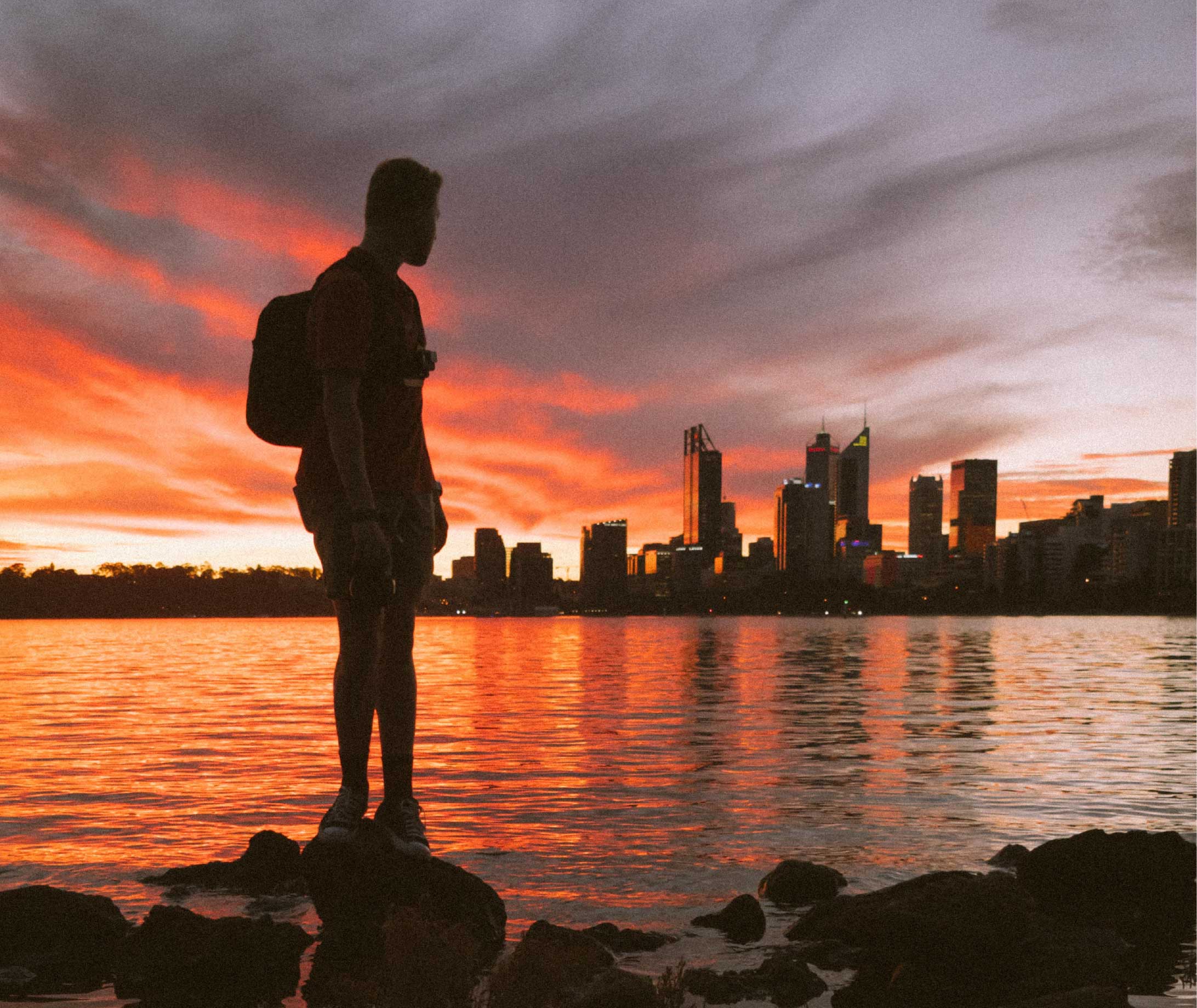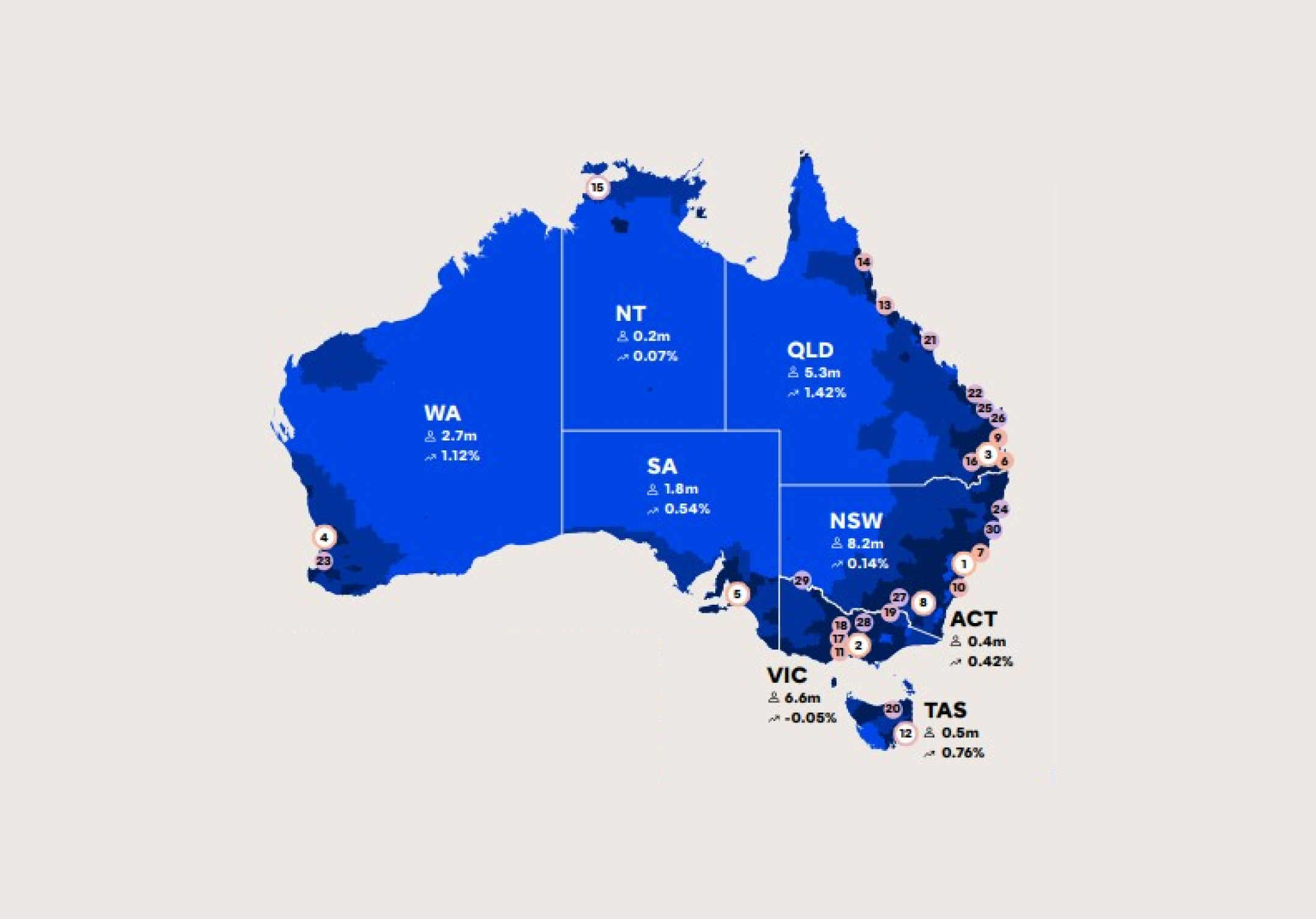The humans of Perth: a demographic snapshot

As social researchers we study how people and societies are changing. When it comes to keeping up with the trends and preparing for the future, the focus tends to be on technological shifts. Yet population and demographic shifts are also key drivers of social change, and so understanding these trends is central to understanding how our society’s future will be different from its past.
If Perth were a city of 100 people …
The Australian Bureau of Statistics’ most recent population estimate puts Perth’s population at 2,085,973. But who are these more than 2.08 million humans of Perth? Sometimes large numbers can be overwhelming, so the following is a demographic snapshot of Perth if it was a city of just 100 people.
A cosmopolitan city
In our Perth of 100 people, 39 are born overseas which makes Perth more cosmopolitan than Adelaide (31 people born overseas) and Brisbane (32), on par with Melbourne (40) and not far behind Sydney (43) – Australia’s most multicultural capital city. You can read more about Perth as a migrant city here.
North or south of the river?
Perth’s population is very evenly split north and south of the Swan River. In fact, 51 people in our Perth of 100 live south of the river, while 49 live north. The largest group of Perth residents live in the south-eastern suburbs (23) including Serpentine-Jarrahdale, one of Australia’s fastest-growing local government areas in recent years. A further 21 live in the city’s southwest including Perth’s second-most populous suburb of Baldivis, while 5 live in Mandurah. Northern residents are twice as likely to live in the northwest (27) than the northeast (13), however, the latter is home to Perth’s most populous suburb of Ellenbrook, which is only set to grow further with the planned rail extension set to shorten commute times for the surrounding suburbs. Perth’s inner city only has 9 residents in comparison, highlighting the strong suburban demography of our city.
A family-oriented city
Given Perth’s suburban focus it may come as no surprise that Perth is a strongly family-oriented city. If Perth was a city of 100 households, 42 of them would be family households of at least one parent and one child. There are an additional 25 households of couples without children. These children are most likely to attend government schools than Independent or Catholic Schools – however the recent enrolment growth has been strongest among Independent schools.

A multigenerational city
A look at Perth’s generational composition gives us a glimpse of the renewal taking place. Across our six generations, Perth’s city of 100 people comprises 9 Builders (born before the end of WWII), 21 Baby Boomers born in the post-war baby boom, 21 Gen X’ers, 23 Gen Ys, 19 Gen Z’s and there are already 8 of our newest generation, Gen Alpha, born since 2010 (the year the iPad was launched).

Leaders across business, government and non-profit are all dealing with the challenges of a rapidly changing external environment. Understanding the changing demographic context is key to leading teams and organisations in these changing times.





